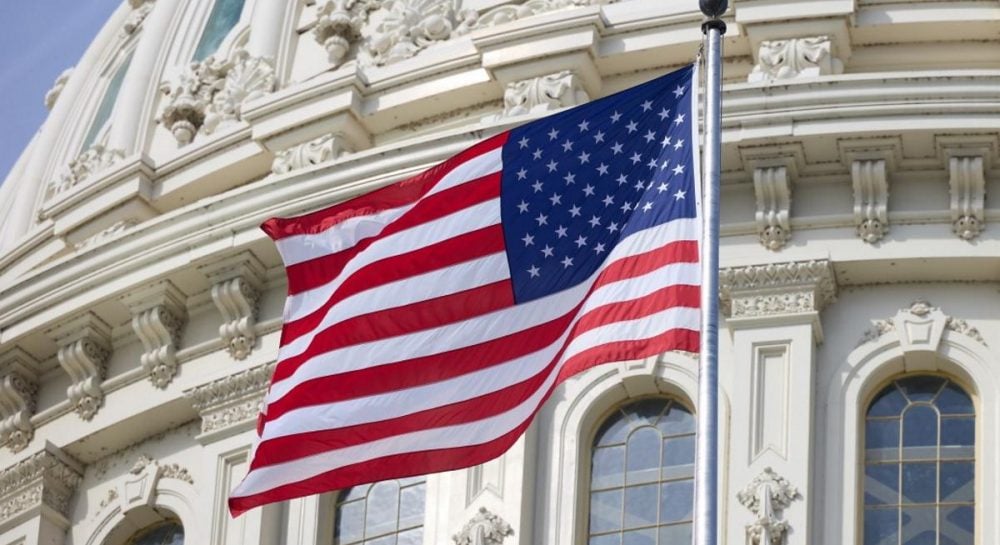No longer. With disease stalking the land and offices increasingly optional, millennials have been eschewing urban centres for somewhere with a bit more space. Not just new parents, who have always been drawn to more bedrooms and better schools, but the kinds of young couples who would typically have crammed themselves into city-centre flats to be near pubs, clubs and theatres.
First-time buyers are at their highest level for 19 years, a figure driven at least in part by people being prepared to move to cheaper areas than they were in before. According to estate agent Savills, London suburbs have been the best performing prime property class of the pandemic, with prices rising 13 per cent since the first lockdown.
“At the start of the pandemic there was a strong desire from people to get out of the cities,” says Tim Bannister, Rightmove’s director of property data. “A garden became a must-have, and green space outside your home was important, too: countryside, parks and coastal areas became really important. But as things have opened up again and we’re going back to work, we’re seeing people change what they’re looking for in properties. Rather than a long-distance move, it might be to a larger property further out than they were looking before. So those commuter towns – places like Weybridge, Farnham and Chelmsford – have seen strong demand and price increases.”
For Holly Tu, a 34-year-old stunt performer, and her partner Tom, the 30m x 7m garden was the main attraction of the house in Newham, straddling the border between inner and outer east London, that they bought in late 2020. “It feels bucolic, but then beyond it we’ve got the North Circular,” she says. After clearing the concrete that covered it when they moved in, they installed raised beds, a greenhouse, a shed and a chicken pen. This year they’re focusing on flowers for their upcoming wedding. “We’re doing dahlias, snapdragons, lots of foliage, poppies: anything that will be ready to harvest in July, really,” says Holly. They’ve started a trend in their neighbourhood, she adds. “We were the first people in the street to get chickens, but now next door want to get chickens next season,” she says. “And I’m pretty sure a couple of doors down got chickens and ducks. I thought we were going to be a real pain, but hopefully we’re a good influence.”





